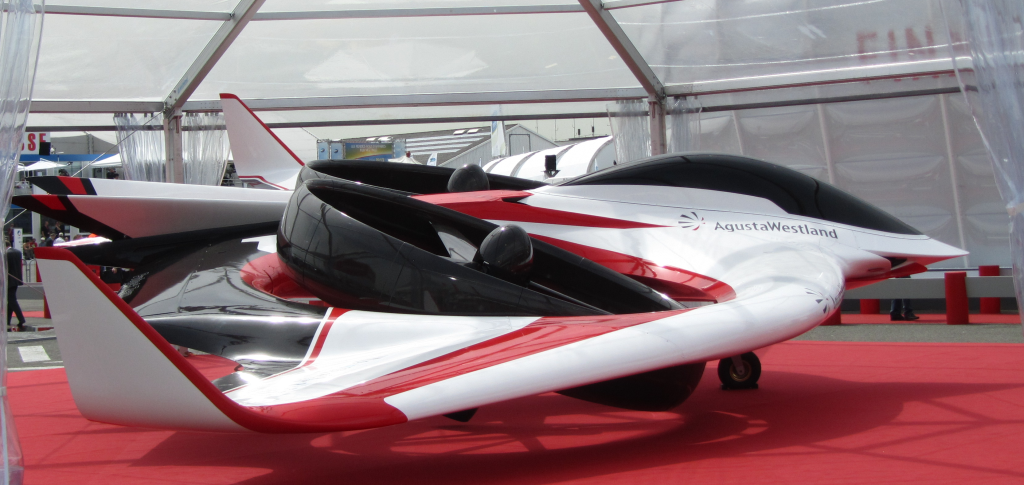I'm fascinated by how ducted fans have the ability to be more efficient than open propellers of equal diameter in vertical flight through the use of tight tolerances, lightweight duct material, proper duct lip shape, and other factors. However, when learning that these benefits don't translate over into horizontal flight due to the duct's induced drag and pitching moment, I'm wondering if we'll ever see ducted fans in future aircraft.
I'm aware of the NASA ducted fan manned-aircraft project that failed in the 60's, but today I found out about AgustaWestland's Project Zero and noticed that they tilt the ducts and include fixed wings to provide sufficient lift. How would an aircraft like this compare efficiency-wise to something like a similarly sized two rotor helicopter?

